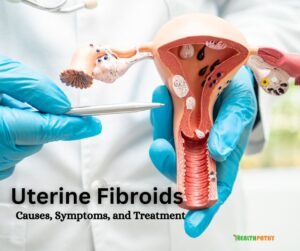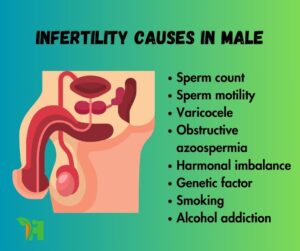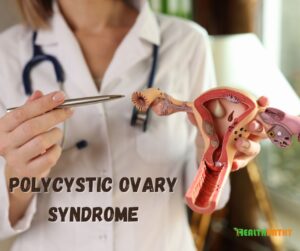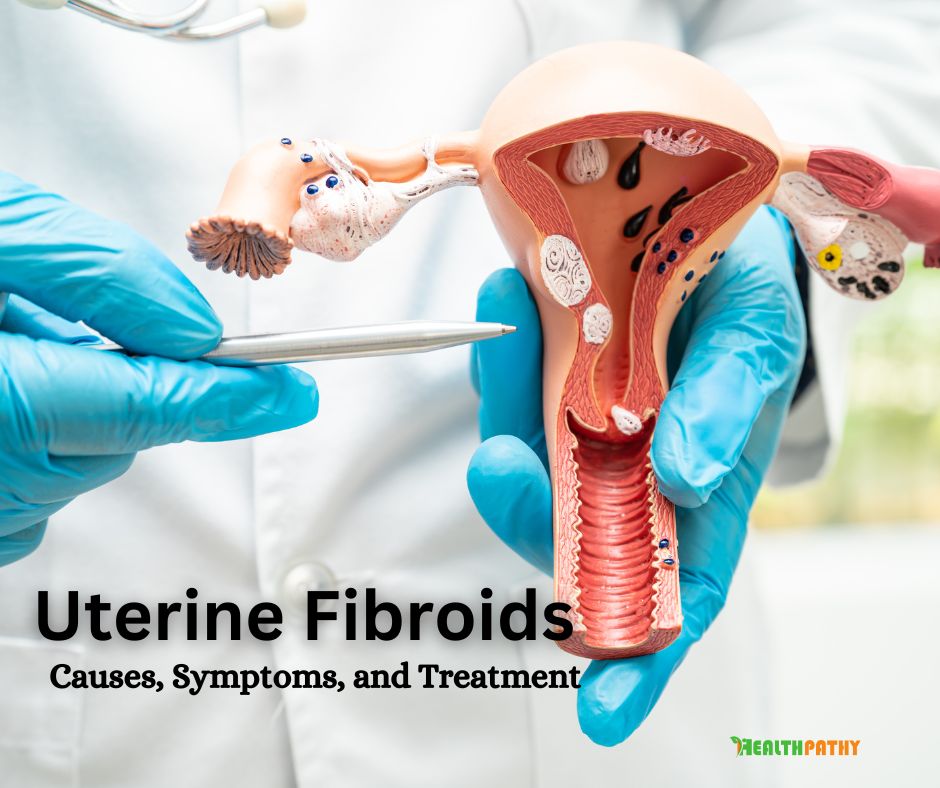Uterine fibroids, also known as leiomyomas or myomas, are noncancerous growths of the uterus that often appear during childbearing years. These benign tumors can vary in size and location, and while many women may have them without even realizing it, uterine fibroids can cause a range of symptoms and complications. In this article, we will delve into the world of Uterine Fibroids Causes, Symptoms, and Treatment.

Understanding Uterine Fibroids
Uterine fibroids are smooth, muscular growths that develop in the walls of the uterus. They can be as small as a seed or as large as a grapefruit. While the exact cause of fibroids remains unclear, they are linked to a combination of genetic, hormonal, and environmental factors. These factors can lead to the overproduction of estrogen and progesterone, hormones that stimulate the growth of the uterine lining during each menstrual cycle.
Types of Uterine Fibroids
There are various types of uterine fibroids, classified based on their location within the uterus. Subserosal fibroids grow on the outer wall of the uterus, intramural fibroids develop within the uterine wall, and submucosal fibroids protrude into the uterine cavity. Understanding the type and location of the fibroids is crucial in determining the appropriate treatment approach.
Causes and Risk Factors
The precise cause of fibroids remains elusive, but several risk factors are associated with their development. These factors include genetics, hormonal imbalances, and race, as fibroids tend to be more common in African-American women. Additionally, age, family history, and obesity are factors that can increase the likelihood of developing uterine fibroids.
Symptoms and Diagnosis
Uterine fibroids can manifest through a variety of symptoms, such as heavy menstrual bleeding, pelvic pain, frequent urination, and backache. The diagnosis often involves a combination of pelvic exams, ultrasounds, and other imaging tests. Identifying the symptoms and receiving a proper diagnosis is essential in determining the most suitable treatment.
Impact on Women’s Health
The presence of fibroids can significantly impact a woman’s health and quality of life. They can lead to anemia due to excessive bleeding, discomfort during sexual intercourse, and infertility in some cases. It’s important to address these issues promptly to ensure the well-being of affected individuals.
Treatment Options
Medications
Medical treatment options for fibroids include medications that help regulate the menstrual cycle, reduce pain, and alleviate heavy bleeding. Hormonal therapy and nonsteroidal anti-inflammatory drugs (NSAIDs) are commonly prescribed to manage symptoms.
Non-Surgical Procedures
For women who wish to avoid surgery, non-surgical procedures such as uterine artery embolization (UAE) and magnetic resonance-guided focused ultrasound (MRgFUS) offer effective alternatives. These procedures can shrink or destroy the fibroids without the need for surgical intervention.
Surgical Options
In more severe cases, surgery may be necessary. Myomectomy, which involves the removal of individual fibroids, or hysterectomy, which removes the entire uterus, are surgical options to consider. The choice of surgery depends on the extent of the fibroids and the patient’s fertility desires.
Natural Remedies and Lifestyle Changes
In addition to medical and surgical treatments, lifestyle modifications can also play a significant role in managing fibroids. A healthy diet, regular exercise, and stress reduction techniques can contribute to symptom relief and overall well-being.
Prevention
While there is no guaranteed way to prevent them adopting a healthy lifestyle and maintaining a balanced weight can lower the risk. Regular check-ups and early detection also play a crucial role in managing the condition effectively.
Conclusion
They are a common and often manageable health concern for many women. Understanding the causes, symptoms, and treatment options is key to ensuring a better quality of life. Whether through medication, surgery, or lifestyle changes, there are various approaches to address this condition effectively.
FAQs
1 Can uterine fibroids lead to cancer?
No, they are noncancerous growths.
2 Are all uterine fibroids symptomatic?
No, many women with it do not experience any symptoms.
3 Can I still get pregnant if I have uterine fibroids?
It depends on the size and location of it. Some women with fibroids can still conceive, while others may face challenges.
4 Is there a non-surgical way to treat uterine fibroids?
Yes, non-surgical options like uterine artery embolization and MRgFUS are available.
5 What are the potential complications of uterine fibroids?
Complications can include heavy bleeding, anemia, pelvic pain, and fertility issues. It’s important to seek treatment if you experience symptoms.
Related Article



Follow us





